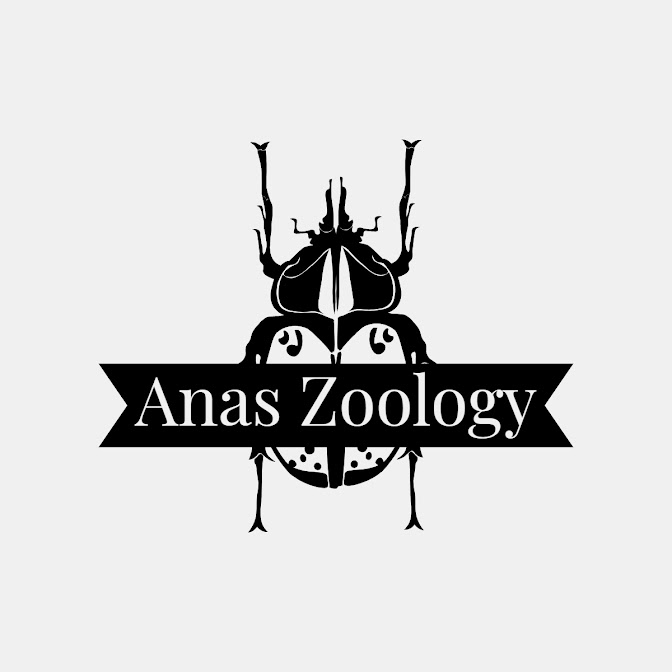DIFFERENCE BETWEEN PROKARYOTES AND EUKARYOTES

PROKARYOTES: Cell is small in size (0.1 to 5 μm) Cell wall is made of non cellulosic material. They generally contain muramic acid (amino acid derivative-peptidoglycan). Mucopolysaccharide capsule is present in many cells. Cell membranes infolds to form mesosomes that controls cellular respiration and cell division. An organized nucleus is absent. Here chromatin network is in direct contact with cytoplasm. It is called nucleoid / genophore. Mostly prokaryotes have multiple nucleoids. DNA is circular and naked. Usually polycistronic DNA is present. Only one kind of RNA polymerase is present. Both transcription and translocation occurs in the cytoplasm. Generally extranuclear chromosomes are present either in the form of plasmid or episome. Ribosome is 70S (50S + 30S) Protein synthesis is inhibited by chloramphenicol. Cytoplasm lacks membrane bound organelles. Flagella if present is mad up of single stranded protein, flagellin. Microfilaments - Actin and Myosin are absent. Sap vacuoles a...



